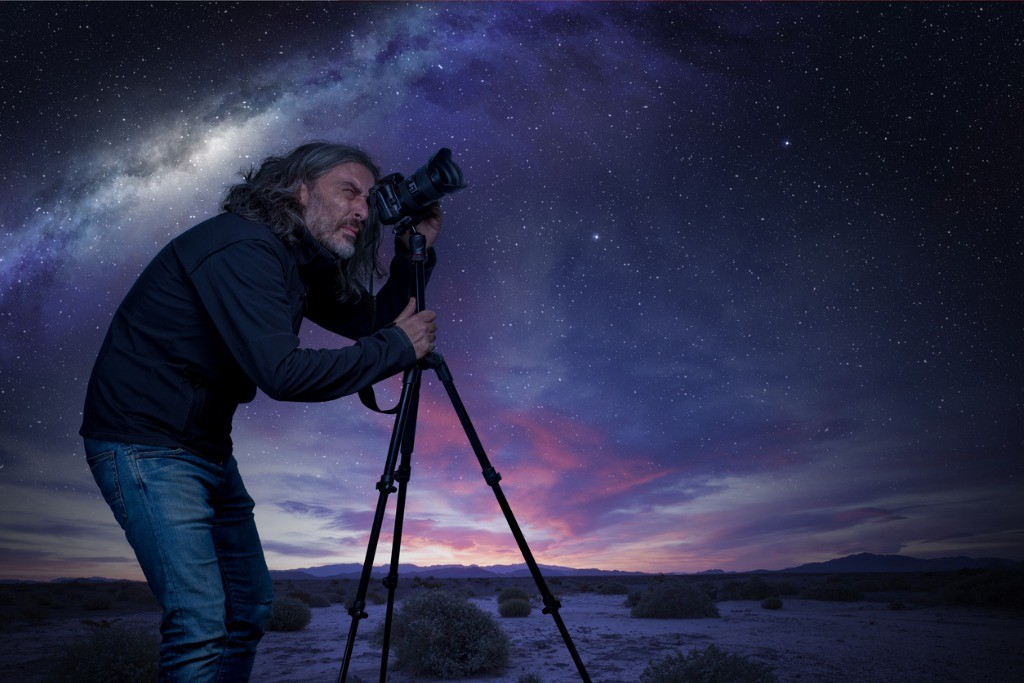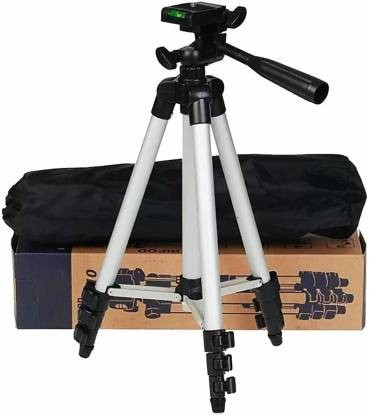Buyers guide to astrophotography: 5 things to get you started
The night sky that we perceive from the earth is the most beautiful astronomical phenomenon, the moon shining, the stars blinking, and the night clouds highlighted by the moon’s brightness,
Humans have been fascinated by the night sky for as long as they have existed on this planet. A few decades ago, they managed to step into space; up until then, astronomers were the explorers who traveled and mapped the space for us through telescopes. They used telescopes or Spyglass, as it was known back then, to peek into the mysteries of the night and see far beyond the earth and the moon. When Galileo first observed Saturn through a telescope, he noted it down as a three-bodied planet; the rings of Saturn confused him thoroughly. He had no means to capture the phenomenon. He could only collect data visually and make assumptions based on few observations made during space watching. But this problem is now solved by astrophotography, a new addition to the branch of astronomy.
What is astrophotography?

Astrophotography, or the use of photography in astronomy, makes use of telescopes and cameras to capture the mysteries of outer space in the light of the night sky. The astrophotographers are the night owls that reach out to their equipment when the sun goes down to explore the possibilities of capturing beautiful images of the deep sky, solar system, and wide-field angles for amazing views and shots.
It is the art of shooting photographs of the night sky, celestial bodies, and astronomical objects. The subcategories of pictures can range from deep space, solar system, galaxies to using the night sky as a backdrop for landscape pictures.
Things to know before buying astrophotography supplies:
- What camera?

The best investment that you can make to capture fantastic night sky shots is the camera. If you are looking for a professional, detailed image, you have to move farther from the iPhone or a pocket-friendly canon. You might want to rent or invest in a DSLR with manual functions for you to manipulate the light sensitivity during a shoot under the low-lit sky.
An entry-level DSLR with a detachable lens will allow you to focus and handle the quality of the sky your eyes see through it. While you are at it, you also want a tripod for stability during the capture.
2. What lens?
Aperture: the diameter of the primary lens or focal mirror is different for each type of photography.
Focal ratio: the shutter speed for capturing images at optimum focal length is a focal ratio. The fast focal ratio(f/3 to f/7) requires a short shutter speed, while the medium/slow focal ratio (f/7 to f/15)requires a longer shutter speed.
A good camera with a near focus is not what you use for capturing faraway objects with sharp clarity. For short exposure photos, you choose the widest and brightest lens in your collection. To capture stars in motion or meteor showers, you need a long exposure lens.
Also, remember to buy the lens compatible with your camera that has provision for you to attach the lens. You will have to manually focus the lens, which makes it an approximation-perfection method.
3. A tripod:

Your hands are not as stable as they might seem. You don’t want to lose a perfect shot to a slight shake of the hand or blurred wind. It would be best to have a sturdy tripod that is steady with a solid base to not falter in windy weather. You don’t have to buy an extravagant tripod with multiple plugs but one that is lightweight and affordable. The slow shutter speed needs a stable camera to capture a crystal clear image; without the tripod, your hands might get shaky and ruin the picture.
4. Efficient apps:
The images you capture may not be the perfect representation of what your eyes perceive. To convert it into its best version, you will need to improvise and perfect the imperfect. A most common issue is the light washing away other aspects in the picture. A quick web search will help you with the light-fixing apps to make your shot a universal sensation, minus the noise.
You might experience camera noise in your capture and can be eliminated by stacking few images on one another to get a fully optimized shot. A sequential set of images is better than one long exposure shot if you try to fit still-life objects in the frame. Some apps allow you to stack images with ease, rebuilding the quality of the picture.
5. Telescope:
As a beginner, you want to buy a budget-friendly telescope that serves to look and capture the stars and planets. It will get you close-up images of deep space and celestial bodies. But using the telescope has a learning curve, the basis of which is the alignment of the equipment, focal points, and timings.
You want to buy a telescope that can accommodate your error as a beginner. Choose a wide-field telescope that has a modest focal length and is very accommodating. Be warned, with higher focal length, star trailing is more adamant.
You want to have a telescope with optimum SNR, i.e., having a fast optical speed. It gives you a smoother image, specially designed for high photons.
The equatorial mount is just as essential to stabilize the focus while you are working with the telescope. You require high tracking accuracy to stabilize the images you capture, which is a task trusted to a telescope mount for its equatorial tracking.
Make sure the complete setup is not a heavyset armor that you are reluctant to move and re-assemble. It might make you stagnant. The earth is in continuous rotation and revolution that makes you mobile and unable to keep the same space frame. You have to find locations for best star photography and cannot afford to be slowed down by complex equipment.
Conclusion:
As a beginner to this branch of astronomy, you can still capture mysteries of the world for people to look at their screens, past all the mundane things, and into space, putting everything in perspective for them. The comprehensive guide tells you what you require as a beginner and the improvisations that you can make for your future camera shots of the deep space.


